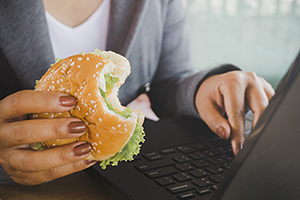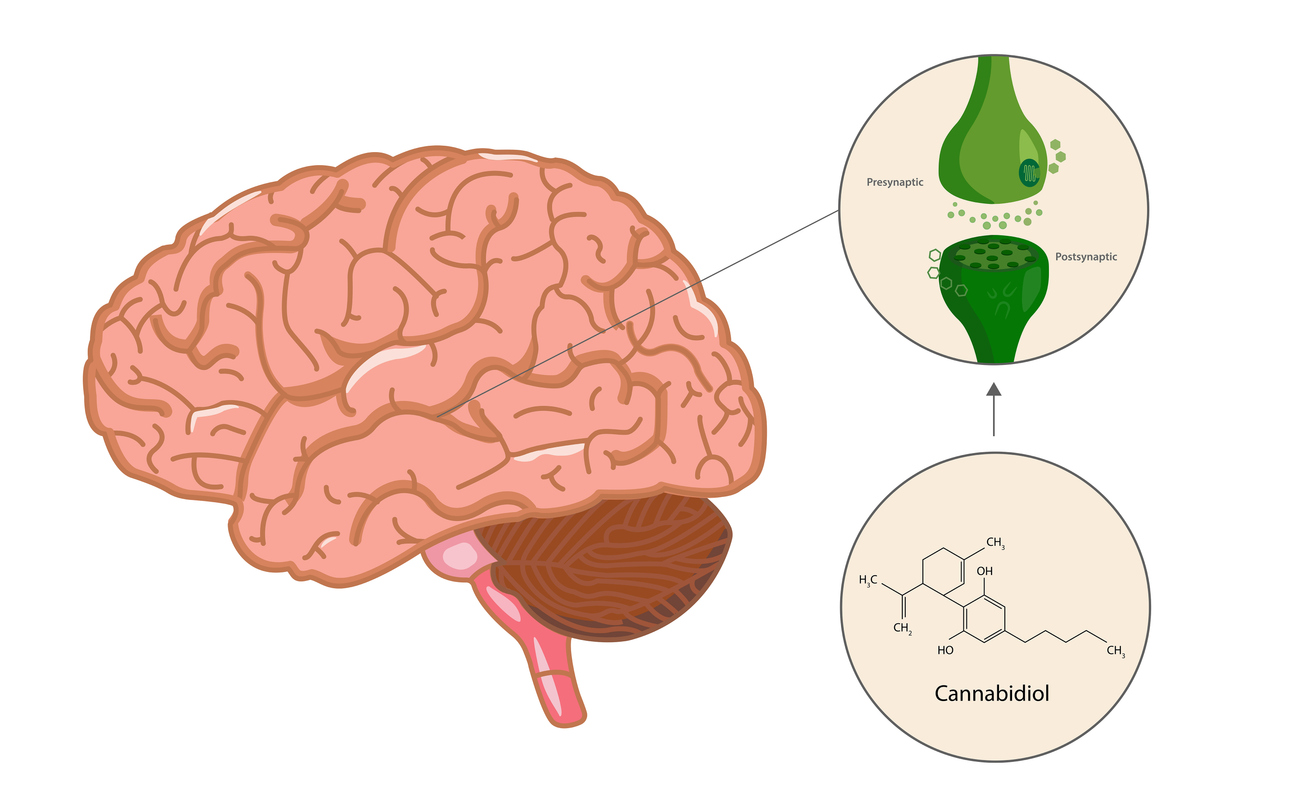A self-evident proposition, something that’s been at the core of my decades-long lifework as a medical nutritionist, I’d dub this the DUH Story—not merely of the week, the month, or the year—but of the present century!
Why is this headline not merely risible, but worthy of attention?
Perversely, it’s the first time that scientists have PROVEN what to so many of us seems axiomatic!
It’s not enough that the incidence of obesity has soared since industrialized food processing was introduced in the latter part of the 1800s (think Kellogg’s corn flakes!). Atherosclerotic cardiovascular disease was relatively uncommon prior to the appearance of refined grains, industrially-produced seed oils, and high fructose corn syrup in the mid-20th Century. Type 2 diabetes and gout used to be the province of the over-fed ultra-rich.
But correlation is not causation in the realm of science. And so, while epidemiological studies link consumption of this or that food with adverse health outcomes, conclusive proof can only be adduced from well-designed prospective trials.
It could be argued that poor people who consume cheap, readily-available processed food have other health liabilities: They may smoke, use drugs or drink more, exercise less, have limited access to medical care, be more stressed by the day-to-day exigencies of life, live in “food deserts” where healthy options are unattainable, can’t afford the added expense of fresh, unprocessed food, be less educated about the hazards of poor diet, or live near sources of environmental pollution.
RELATED: Ask Leyla: Could poor diet be causing ADD?
So the little experiment that generated all those recent headlines is really kind of momentous in the field of nutrition science.
It involved just 20 people. Why so few? The small group had to be laboriously sequestered in a research facility where half were exclusively fed processed food, and the other half unprocessed food for 2 weeks, then crossed over to the opposite diet.
Nor were they overweight, pre-diabetic seniors. They were healthy men and women average age 31, making the dramatic results of the study even more compelling and relevant to prevention.
A fundamental question: Were the comparison groups given the same amounts of food? The answer is yes, to the best of the researchers’ ability. The two diets contained roughly the same amount of calories, carbs, fat and sugar. But they were allowed to eat as much as they wanted, and when presented with the processed food, the subjects reached for seconds and thirds—resulting in an average net daily gain of 500 calories over their counterparts on the unprocessed diet.
The outcome was an average two-pound weight gain over a mere two weeks on processed food; conversely, the unprocessed food group lost two pounds during the same period.
Profiles of their endocrine responses provided a key as to why: the unprocessed diet curbed the hunger-stoking hormone ghrelin and amped up the satiety hormone PYY.
Now, you might say, it’s pretty basic that dining out on Big Macs and pepperoni pizzas with sugary sodas, fries and doughnuts can make you fat. No big whoop!
But the genius of this study was the relatively benign nature of the processed food—food that ordinary, moderately health-conscious Americans might make their daily fare.
Conversely, the unprocessed diet was not draconically restricted. By the strict standards of today’s popular Paleo, Atkins, Keto or vegan diets it was downright permissive.
For example, breakfast for the processed food phase might include a bagel with cream cheese and turkey sausage; on the unprocessed diet, it might be oatmeal with raw almonds and blueberries and 2% milk.
A typical processed lunch might include a lunch meat and cheese sandwich on white bread with diet lemonade and low-fat chips vs. an unprocessed lunch of salmon, a sweet potato and plain yogurt with frozen strawberries.
Processed dinners featured cheesy meat dishes with chips, or peanut butter and jelly sandwiches, or hot dogs with ketchup. Unprocessed dinners highlighted big multi-ingredient salads or cooked vegetable medleys along with unadorned protein from meat, fish or poultry.
The big difference in the processed menu was the ubiquity of what are termed ultra-processed foods: breakfast cereals, muffins, chips, white bread, and seemingly virtuous sugary flavored yogurts, low-fat potato chips, fruit juices and diet drinks.
That adds up to an abundance of artificial sweeteners, preservatives, emulsifiers, added sugars and flavor enhancers, sodium and industrial oils.
RELATED: Could Big Sugar become the next Big Tobacco?
What about the processed food diet made it so obesogenic? It’s no coincidence it’s called “fast food.”
It’s highly palatable (by design) and minimally-satiating. I call this the Shake Shack Hamburger Effect. At the international departure terminal at Kennedy Airport where I sometimes arrive hungry there’s an absolutely KILLER Shake Shack concession that is a big attraction. When I’ve braved the lines there, I’ve been rewarded with a scrumptious hamburger with perfect taste and mouthfeel—that I proceeded to devour in about 45 seconds!
Additionally, there are effects on the microbiome of all those synthetic chemicals. Emulsifiers, preservatives, artificial sweeteners, and meat-glue upset the balance of beneficial intestinal bacteria which may determine absorption and metabolism of nutrients.
The surprise here is that diets designed to be so typical—mimicking the Standard American Diet (SAD)—had such profound effects. But at least now we have proof positive of the pernicious effects of mainstream U.S. fare.
One important take home of the study was that unprocessed foods cost more—40% on average. That might encourage some people to try to seek “more bang for their buck” with cheap, convenient processed selections.
But some of the price differential is due to the perverse incentives created by agricultural subsidies which encourage over-production of wheat, corn, soy, dairy and sugar beets—inexpensive ingredients that are ubiquitous in processed foods.
The cost difference becomes less consequential when we consider the fact that Americans pay a far smaller percentage of their disposable income on food than inhabitants of comparably advanced countries. We spend 6.4%; the prosperous Swiss 8.7%; Our well-fed Canadian neighbors 9.1%; Australians 9.8%.
To compound matters, the aid we offer to the food-insecure via the Supplemental Nutrition Assistance Plan (SNAP) doesn’t place any restrictions on the type of food people can access with food stamps—an obvious sop to the processed food and soft drink industries.
Our policies are penny-wise and pound foolish, because we Americans end up spending far more per capita on the healthcare that so many are finding unaffordable—with disease and mortality statistics that are among the worst in the developed world!







